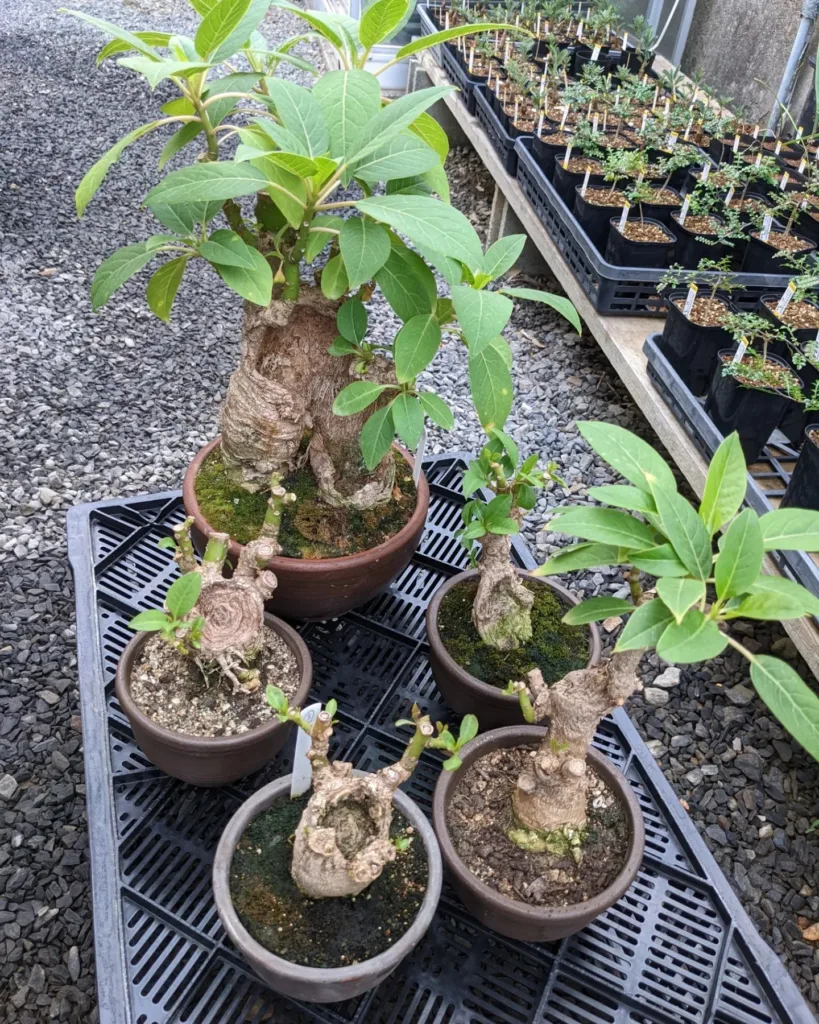The Marsh Pitchers: My Fascination with Heliamphora
My name is Ferb Vu, and I’m captivated by the strange beauty of Heliamphora, a genus of pitcher plants endemic to South America. These fascinating botanical wonders belong to the Sarraceniaceae family, often called “sun pitchers” (though mistakenly so, as I’ll explain later), thrive in the harsh, isolated environments of the Guiana Highlands. Their unique adaptations and sheer diversity have drawn me to study them, cultivate them, and share my passion with others.
A World of Wonder in the Guiana Highlands
Imagine a landscape of towering table-top mountains, shrouded in mist and cloaked in lush vegetation. These are the tepuis of the Guiana Highlands, a lost world of sorts, where evolution has taken a unique path. It is here, amongst the clouds and waterfalls, that Heliamphora have carved out their niche.
Unlike their more famous cousins, the North American pitcher plants (Sarracenia), Heliamphora lack lids to cover their pitchers. Instead, they rely on a small slit in the back of the pitcher to regulate rainwater levels. This adaptation allows them to maintain a consistent internal environment, crucial for the digestive processes that break down their insect prey.
Debunking the “Sun Pitcher” Myth
The name Heliamphora is often misinterpreted to mean “sun pitcher,” leading to the misconception that these plants crave intense sunlight. However, the name actually derives from the Greek words “helos” (marsh) and “amphoreus” (amphora), a more accurate reflection of their preferred habitat: the boggy, high-altitude marshes of the tepuis. While they do require bright light, direct sunlight can scorch their delicate leaves.
A Diverse and Growing Family
The genus Heliamphora currently comprises 18 recognized species, each with its own unique characteristics and adaptations. Some, like Heliamphora nutans, have nodding pitchers that gracefully sway in the breeze, while others, like Heliamphora tatei, stand tall and erect. The diversity in pitcher shape, size, and coloration is truly remarkable.
Here’s a list of the currently recognized Heliamphora species:
- Heliamphora arenicola Wistuba, A.Fleischm., Nerz & S.McPherson
- Heliamphora ceracea Nerz, Wistuba, Grantsau, Rivadavia, A.Fleischm. & S.McPherso
- Heliamphora chimantensis Wistuba, Carow & Harbarth
- Heliamphora collina Wistuba, Nerz, S.McPherson & A.Fleischm.
- Heliamphora elongata Nerz
- Heliamphora exappendiculata (Maguire & Steyerm.) Nerz & Wistuba
- Heliamphora folliculata Wistuba, Harbarth & Carow
- Heliamphora glabra (Maguire) Nerz, Wistuba & Hoogenstr.
- Heliamphora heterodoxa Steyerm.
- Heliamphora hispida Wistuba & Nerz
- Heliamphora ionasi Maguire
- Heliamphora minor Gleason Plant FAQs: Heliamphora Minor
- Heliamphora nutans Benth.
- Heliamphora parva (Maguire) S.McPherson, A.Fleischm., Wistuba & Nerz
- Heliamphora pulchella Wistuba, Carow, Harbarth & Nerz Plant FAQs: Heliamphora Pulchella
- Heliamphora purpurascens Wistuba, A.Fleischm., Nerz & S.McPherson
- Heliamphora sarracenioides Carow, Wistuba & Harbarth
- Heliamphora tatei Gleason
The Allure of the Unusual
What draws me to Heliamphora is their unique blend of beauty and macabre functionality. The elegant pitchers, often adorned with intricate veining and vibrant colors, belie their carnivorous nature. They are a testament to the power of natural selection, showcasing the incredible adaptations that arise when life is pushed to its limits.
Cultivating Heliamphora can be challenging, requiring specific conditions to mimic their natural habitat. But the rewards are well worth the effort. Watching these plants thrive in my care, witnessing the intricate mechanisms of their traps, and contributing to the preservation of these unique species fills me with a sense of wonder and accomplishment.
A Call for Conservation
The Guiana Highlands, though remote, are not immune to the threats facing our planet. Habitat destruction, climate change, and illegal plant collection all pose risks to the delicate ecosystems that support Heliamphora. It is crucial that we raise awareness about these threats and support conservation efforts to ensure the survival of these botanical marvels for generations to come.
My journey with Heliamphora is an ongoing one, filled with continuous learning and discovery. I am driven by a desire to understand these plants, to protect them, and to share their beauty with the world. I believe that by appreciating the intricate wonders of the natural world, we can foster a deeper connection to our planet and inspire action to preserve its biodiversity.
If i die, water my plants!



